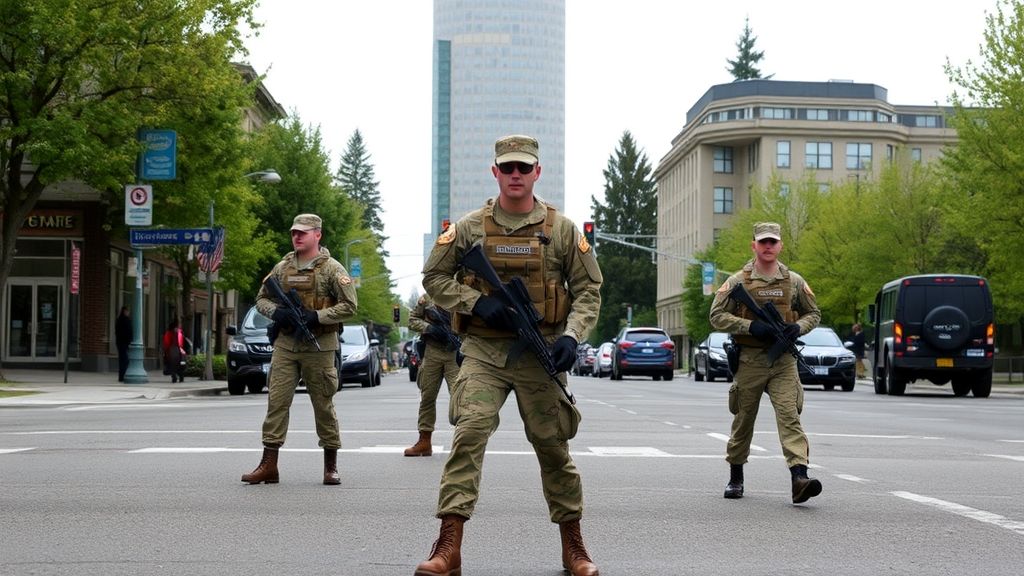The a
ouncement of a new U.S. proposal aimed at ending the protracted conflict in Gaza has sent ripples of cautious optimism across the international community. As the world grapples with the devastating humanitarian crisis and the persistent instability, this diplomatic initiative represents a critical juncture. Understanding the nuances of this proposal, its potential implications, and the path forward is paramount for policymakers, humanitarian organizations, and anyone invested in regional peace and security.
Decoding the Latest U.S. Peace Initiative
The recent U.S. proposal, details of which are still being fully disseminated and analyzed, is reportedly built upon a multi-phased approach designed to achieve a sustainable ceasefire, facilitate humanitarian aid, and ultimately pave the way for a lasting political resolution. While specific timelines and exact concessions remain under careful negotiation, the core tenets often revolve around several key pillars:
Ceasefire and Hostage Release: A primary objective is to secure an immediate and sustained cessation of hostilities. This typically involves the release of all hostages held by Hamas in exchange for Palestinian prisoners and potentially a phased withdrawal of Israeli forces from Gaza. This delicate balance is crucial for de-escalation and building initial trust.
Humanitarian Assistance and Reconstruction: The proposal emphasizes the urgent need to address the dire humanitarian situation in Gaza. This includes ensuring unimpeded access for essential supplies, medical aid, and a robust plan for the reconstruction of infrastructure destroyed during the conflict. International cooperation will be vital in marshaling the resources for this massive undertaking.
Political Framework for the Future: Beyond immediate relief, the proposal likely outlines a framework for future governance in Gaza and a renewed push for a two-state solution. This is perhaps the most challenging aspect, requiring the involvement of various regional and international actors to define the political landscape and ensure long-term stability.
The success of such a proposal hinges on the willingness of all parties involved to engage in genuine dialogue and make difficult compromises. History has shown that peace processes in this region are fraught with complexity, often derailed by mistrust, entrenched positions, and external influences. However, the sheer scale of the suffering in Gaza, coupled with growing international pressure, may create a unique window of opportunity for meaningful progress.
Implications and Potential Challenges
The ramifications of this U.S. proposal, if accepted and implemented, could be far-reaching. On a humanitarian level, it offers the potential for immediate relief to a population on the brink of famine and facing widespread destruction. The prospect of reconstruction could signal a path towards normalcy and economic recovery for Gazans.
However, significant challenges lie ahead. Political Will and Trust Deficit remains a formidable barrier. Decades of conflict have eroded trust between Israelis and Palestinians, making negotiations incredibly difficult. Any proposal must address the legitimate security concerns of Israel while also recognizing the fundamental rights and aspirations of the Palestinian people.
Furthermore, Regional Dynamics play a crucial role. The involvement and support of key regional players, such as Egypt, Qatar, Saudi Arabia, and other Arab nations, will be essential for the proposal’s success. Their influence can sway public opinion, facilitate communication, and provide vital security assurances. The stance of Iran and its proxies will also be a critical factor in the stability of any ceasefire.
Internal Political Considerations within both Israeli and Palestinian leadership will also shape the reception of the proposal. Domestic pressures, the influence of extremist factions, and the public’s appetite for compromise will all be tested. For example, the Israeli government will need to weigh security imperatives against potential international pressure and the cost of prolonged conflict. Similarly, Palestinian factions will need to present a united front and demonstrate a commitment to a peaceful future.
Actionable Insights for Stakeholders
For humanitarian organizations on the ground, the proposal signifies a potential shift from emergency response to long-term recovery. They must be prepared to:
Scale up aid delivery: Anticipate increased needs for food, shelter, medical supplies, and psychological support.
Engage in reconstruction pla
ing: Collaborate with international donors and local authorities on rebuilding infrastructure and essential services.
Advocate for continued access: Ensure that humanitarian corridors remain open and secure, regardless of political developments.
For governments and international bodies, the focus should be on:
Sustained diplomatic engagement: Maintain pressure on all parties to adhere to the terms of any agreement.
Financial commitment: Pledge substantial resources for reconstruction and economic development in Gaza.
- Security guarantees: Explore mechanisms to ensure long-term security for both Israelis and Palestinians.
Conclusion: A Glimmer of Hope, A Long Road Ahead
The new U.S. proposal to end the Gaza War represents a critical opportunity to break the cycle of violence and suffering. While the path to a lasting peace is undoubtedly arduous and fraught with peril, the potential for positive change ca
ot be underestimated. It requires a concerted effort from all parties involved, underpi
ed by unwavering international commitment and a shared vision for a future where both Israelis and Palestinians can live in security and dignity. The world watches with bated breath, hoping that this initiative can indeed mark a turning point towards lasting peace.



